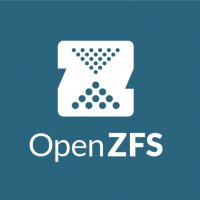Tag: install
-

Fedora 20: ifconfig missing on minimal install
If you have selected the minimal install option you might be surprised by just how minimal it is; one example is that the ifconfig command is not available. The command yum install ifconfig doesn’t work – it’s part of another broader package. We can find out which one that is by running: yum provides…
-

How to install additional CentOS packages on XenServer 6.2
While it is unsupported, it can sometimes be quite handy to install additional packages on your XenServer 6.2 system – things like vim, iptraf, perhaps even denyhosts. By default extra packages you wish to install are likely disabled, but using yum we can temporarily allow access to the CentOS packages. Logging in as root…
-
Fedora 20: Installing packages
To install a package on Fedora via the command line, we use the yum command like so: yum install [package] Using tmux as an example: yum install tmux Loaded plugins: langpacks, refresh-packagekit Resolving Dependencies –> Running transaction check —> Package tmux.x86_64 0:1.8-3.fc20 will be installed –> Finished Dependency Resolution Dependencies…
-
XenServer 6.2: Which VM type to use for Fedora 20 Live CD installation?
We were asked this today – we have found that the “Other Media” works fine for installation and use, where other options (Red Hat options, for example) don’t work.
-
How to install XenServer 6.2 – Step By Step
With the recent public availability of XenServer 6.2 there are an increasing number of people wanting to try it; here is a walk-through of an install so that you know what to expect if you want to try it yourself. In this example we are using a NFS datastore on the network to store…
-

ZFS basics: Installing ZFS on Ubuntu
For those who don’t want to use Solaris or FreeBSD as their ZFS platform Ubuntu now seems a valid option; installation is now relatively straightforward. Please note, though, that you should be running a 64-bit system – ZFS on Ubuntu is not stable on a 32-bit system. Open up a terminal and enter the following:…